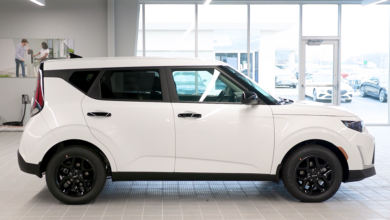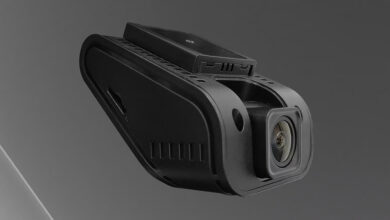Albuquerque, New Mexico had the highest auto theft rate in 2017 by a wide margin, according to the National Insurance Crime Bureau’s (NICB) latest Hot Spots report. While car theft slight decreased last year in Albuquerque, the city’s rate of 1,096 vehicle thefts per 100,000 citizens is still 34-percent higher than second place Anchorage, Alaska.
The top 10 metro areas for vehicle theft looks like this:
- Albuquerque-1,096 car thefts per 100,000 people
- Anchorage-816 car thefts per 100,000 people
- Pueblo, Colorado-812 car thefts per 100,000 people
- Redding, California- 751 car thefts per 100,000 people
- St. Joseph, Missouri-749 car thefts per 100,000 people
- Bakersfield, California-734 car thefts per 100,000 people
- Modesto, California-706 car thefts per 100,000 people
- Stockton-Lodi, California-613 car thefts per 100,000 people
- Yuba City, California-604 car thefts per 100,000 people
- Springfield, Missouri-580 car thefts per 100,000 people
The good news is vehicle theft is decreasing dramatically across the nation and down dramatically from its peak in 1991 when there were 1.66 million reported thefts. For comparison, thefts in 2016 were 54-percent below peak at 765,484 reported car thefts.
The FBI each year releases preliminary Uniform Crime Report (UCR) data for the previous year’s January-June time frame. When the preliminary 2017 crime data was released earlier this year, vehicle theft was up 4.1 percent across the nation. That increase is reflected in the latest Hot Spots report, and is expected to hold when the final 2017 crime data is published in the fall.
In a report published in October 2016, NICB found that for the years 2013 through 2015, a total of 147,434 vehicles were reported stolen with the keys left in them, and 57,096 in 2015 alone. The debut of smart keys in 1997 and improvements made in anti-theft technology is credited as primary reasons car thefts are decreasing.
NICB Recommendations
NICB recommends that drivers follow its four layers of protection to guard against vehicle theft:
Common Sense-The common sense approach to protection is the easiest and most cost-effective way to thwart would-be thieves. Drivers should always:
- Remove keys from the ignition
- Lock doors, close windows
- Park in a well-lit area
Warning Device-The second layer of protection is a visible or audible device which alerts thieves that a vehicle is protected. Popular devices include:
- Audible alarms
- Steering column collars
- Steering wheel/brake pedal lock
- Brake locks
- Wheel locks
- Theft deterrent decals
- Identification markers in or on vehicle
- VIN etching
- Micro dot marking
Immobilizing Device-The third layer of protection is a device that prevents thieves from bypassing the ignition and hot-wiring the vehicle. Some examples are:
- Smart keys
- Fuse cut-offs
- Kill switches
- Starter, ignition and fuel pump disablers
- Wireless ignition authentication
Tracking Device-The final layer of protection is a tracking device which emits a signal to police or a monitoring station when the vehicle is stolen.
Methodology
Hot Spots examines vehicle theft data obtained from the National Crime Information Center (NCIC) for each of the nation’s metropolitan areas.
New to the top 10 this year, the metro areas of St. Joseph (No. 5) and Springfield, Missouri (No. 10). As a population-based survey, an area with a much smaller population and a moderate number of thefts can-and often does-have a higher theft rate than an area with a much more significant vehicle theft problem and a larger population to absorb it. This explains how St. Joseph, with 952 thefts, places fifth while Los Angeles, with 60,444 thefts, placed 33rd.



